Latest Titanic Expedition Reveals Decay and New Artifacts at the Bottom of the Atlantic
The Titanic remains one of the most famous shipwrecks in history, and its story continues to fascinate over a century after it sank on April 15, 1912.
The recent expedition by RMS Titanic Inc. adds another chapter to this enduring tale, uncovering both signs of decay and unexpected new artifacts.
A New Journey to the Titanic Wreckage
In July 2024, RMS Titanic Inc. launched its ninth expedition to the Titanic wreck site. The team, consisting of videographers, photographers, scientists, and historians, spent 20 days documenting the current state of the wreckage.
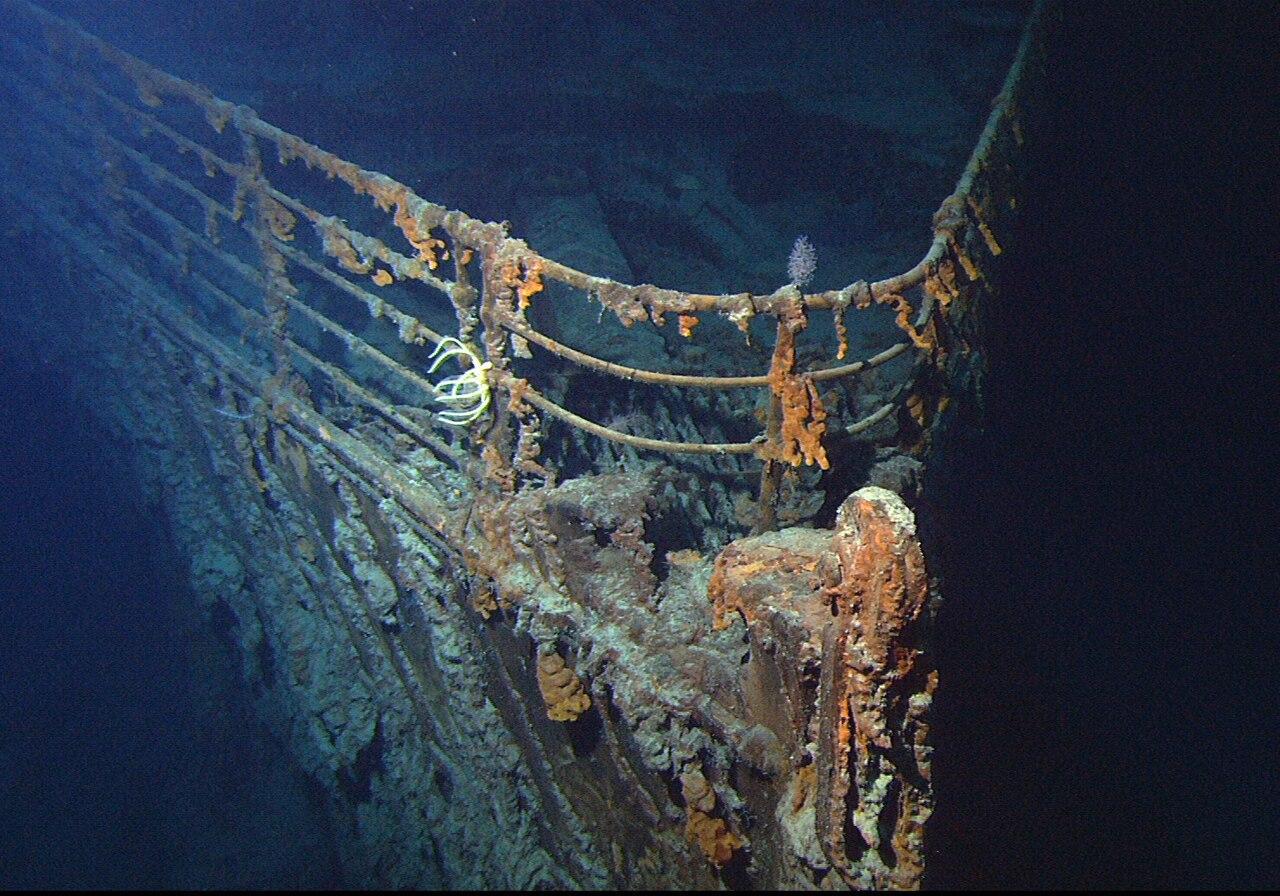
Source: Wikimedia
This was the first expedition since the Titan submersible disaster of June 2023, which claimed five lives, including that of renowned Titanic expert Paul-Henri Nargeolet.
First Glimpse Reveals a Heartbreaking Discovery
Upon reaching the wreck site on July 29, 2024, the team was eager to observe the Titanic’s bow, made iconic in the 1997 film.
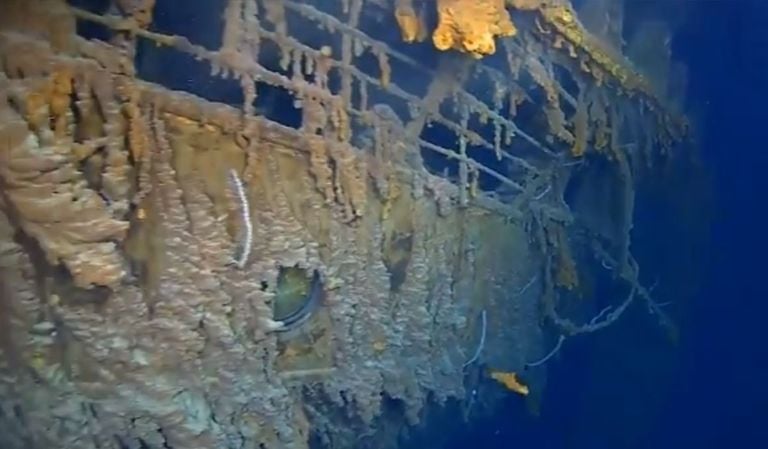
Source: SuperyachtNews/Twitter
However, their excitement quickly turned to dismay as they noticed a significant change: a 15-foot section of the railing on the port side of the bow had broken off and now lay on the seafloor directly below.
The Iconic Bow Deck Railings are No More
The bow deck railings, famous for their appearance in movies and photos, have been a symbol of the Titanic for decades.
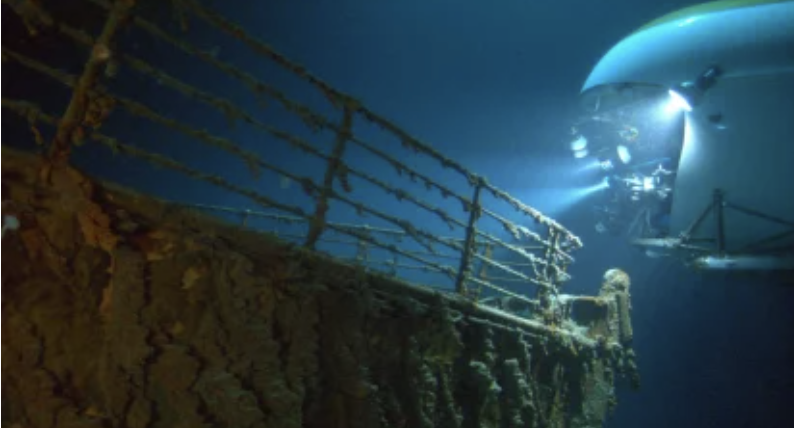
Source: Imgur
The missing 15-foot section represented not just a physical loss but a symbolic one, highlighting the inevitable decay of the ship that has been lying 2.5 miles under the North Atlantic since 1912.
Nature Takes Its Toll on the Titanic
The 2024 expedition revealed increased signs of deterioration, including the missing bow railings.
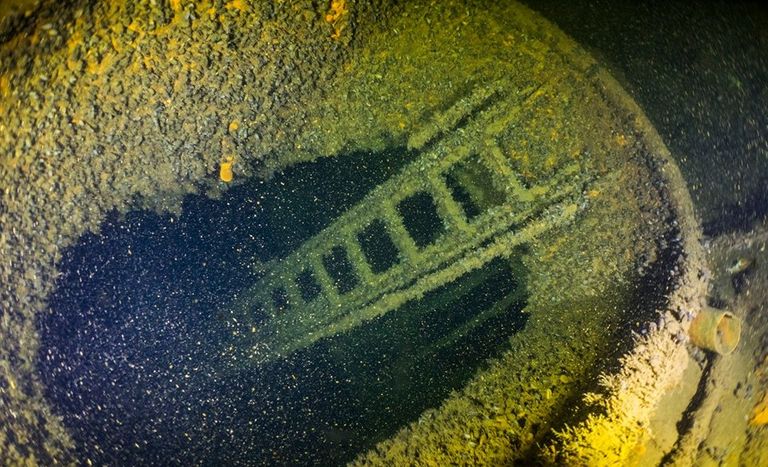
Source: Fundacja MARE/Facebook
Rusticles—a combination of rust and marine life—have continued to consume the wreckage, altering its once familiar ghostly silhouette.
The ‘Diana of Versailles’
Amidst the decay, the expedition made a surprising find: a 2-foot bronze statue of Diana, the Roman goddess of wild animals. This artifact was originally part of the First Class Lounge, a centerpiece that spoke to the luxury of the Titanic’s design.
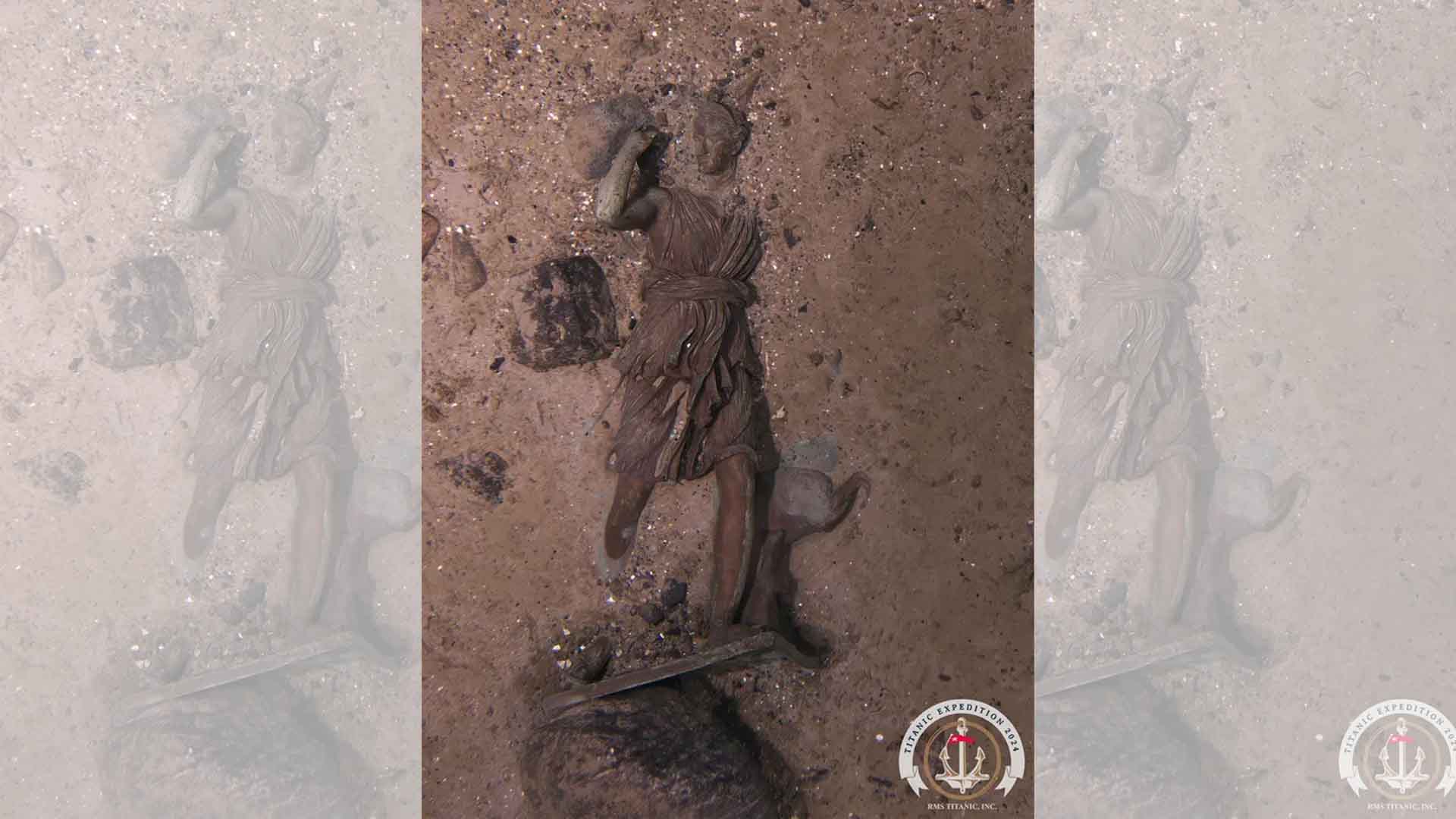
Source: RMS Titanic Inc.
Torn from its place during the sinking, it laid lost on the seabed until this year’s expedition rediscovered it.
The Journey to Find Diana
The statue of Diana had actually been spotted in 1986 but remained hidden due to the secrecy surrounding the wreck.
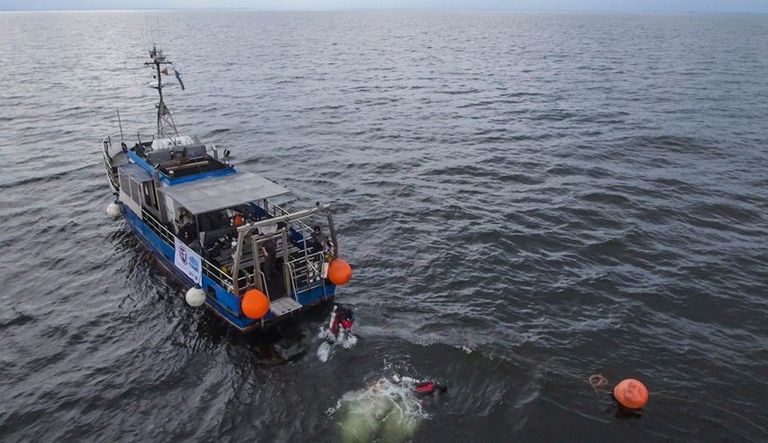
Source: Fundacja MARE/Facebook
Using data from past expeditions, the team finally located the statue and captured detailed images of it “not seen in 112 years,” revealing intricate details and preserving its story for future generations.
The Emotional Impact of the Findings
While uncovering new artifacts like Diana offers a sense of discovery, the sight of the ship’s increasing decay evokes a new sense of loss.
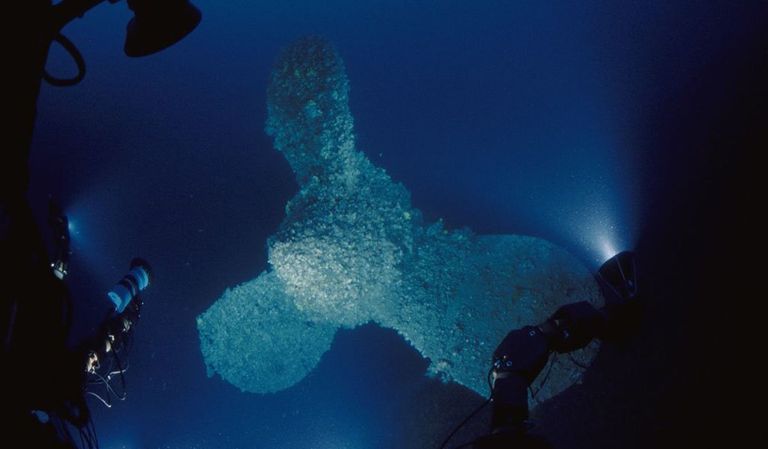
Source: Xavier DESMIER/Gamma-Rapho/Getty Images
“We are saddened by this loss and the inevitable decay of the ship and the debris,” RMS Titanic Inc. noted in their statement, reflecting the emotional connection many feel towards this historic site.
Technological Advances in Exploration
This year’s expedition utilized advanced remote-operated vehicles (ROVs) equipped with high-definition cameras and lighting to navigate the wreckage.
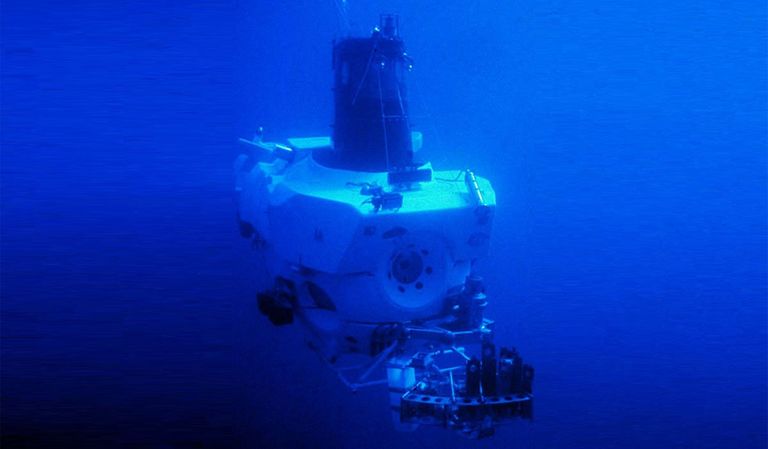
Source: Imgur
These unmanned vehicles provided a safer and more efficient means of exploring the Titanic’s remains, especially following the tragic Titan submersible incident.
A Tribute to the Lost Explorers
Before the expedition, RMS Titanic Inc. held a memorial service for those lost on the Titanic and the Titan submersible.

Source: Disaster Stories/YouTube
Among the honored was Paul-Henri Nargeolet, who had dedicated much of his life to studying the Titanic.
The Titanic’s Future: Preservation Amidst Decay
The findings from the 2024 expedition highlight the delicate balance between preservation and natural decay. With each new expedition, there is a race against time to document the Titanic’s remains before they deteriorate further.
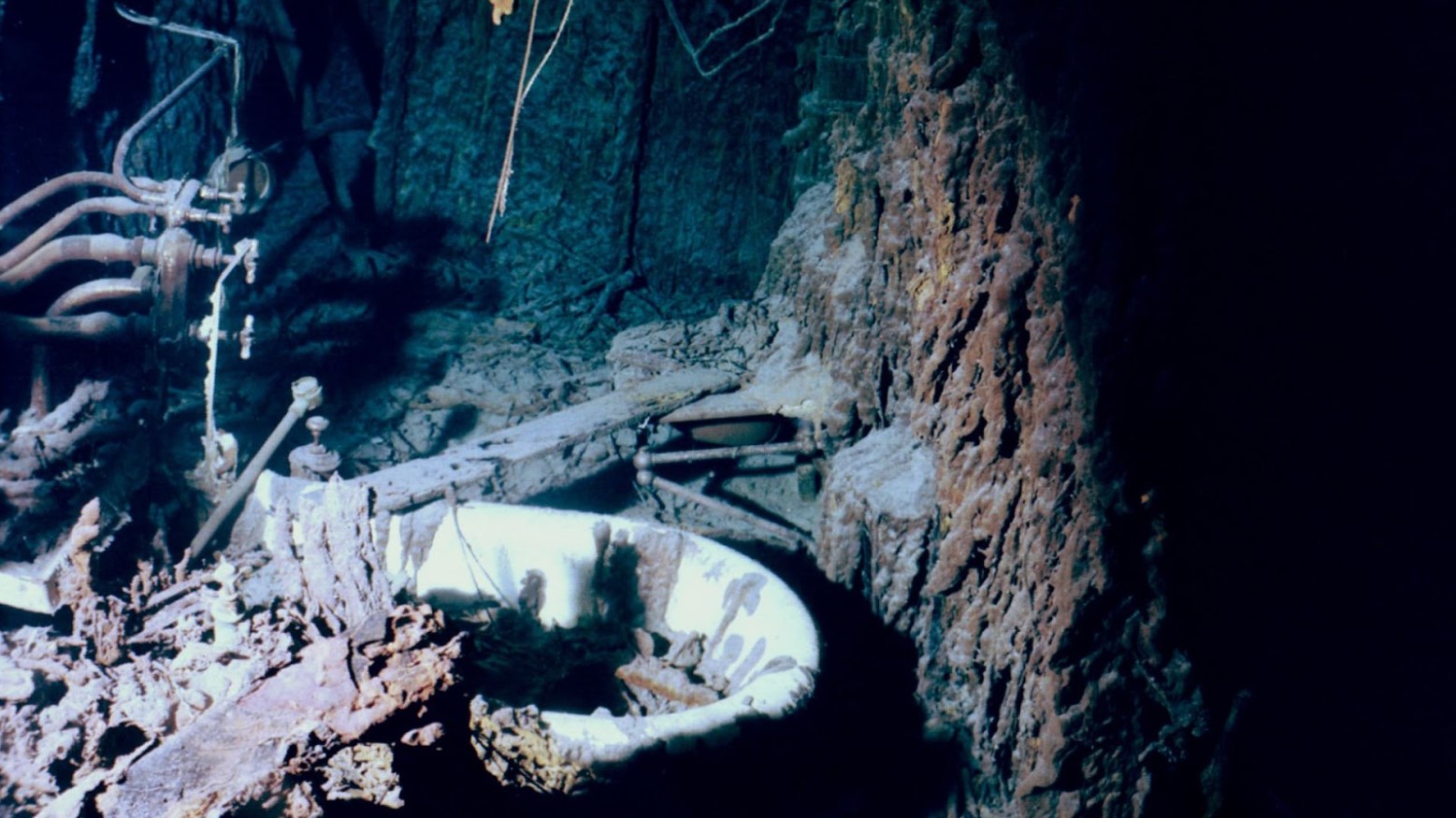
Source: Public Domain/Wikimedia Commons
RMS Titanic Inc. remains committed to preserving the memory of the ship and those who perished with it.
The Everlasting Allure of the Titanic
The Titanic’s story is far from over. As the ship continues to deteriorate, each expedition uncovers new mysteries and artifacts, fueling public fascination.
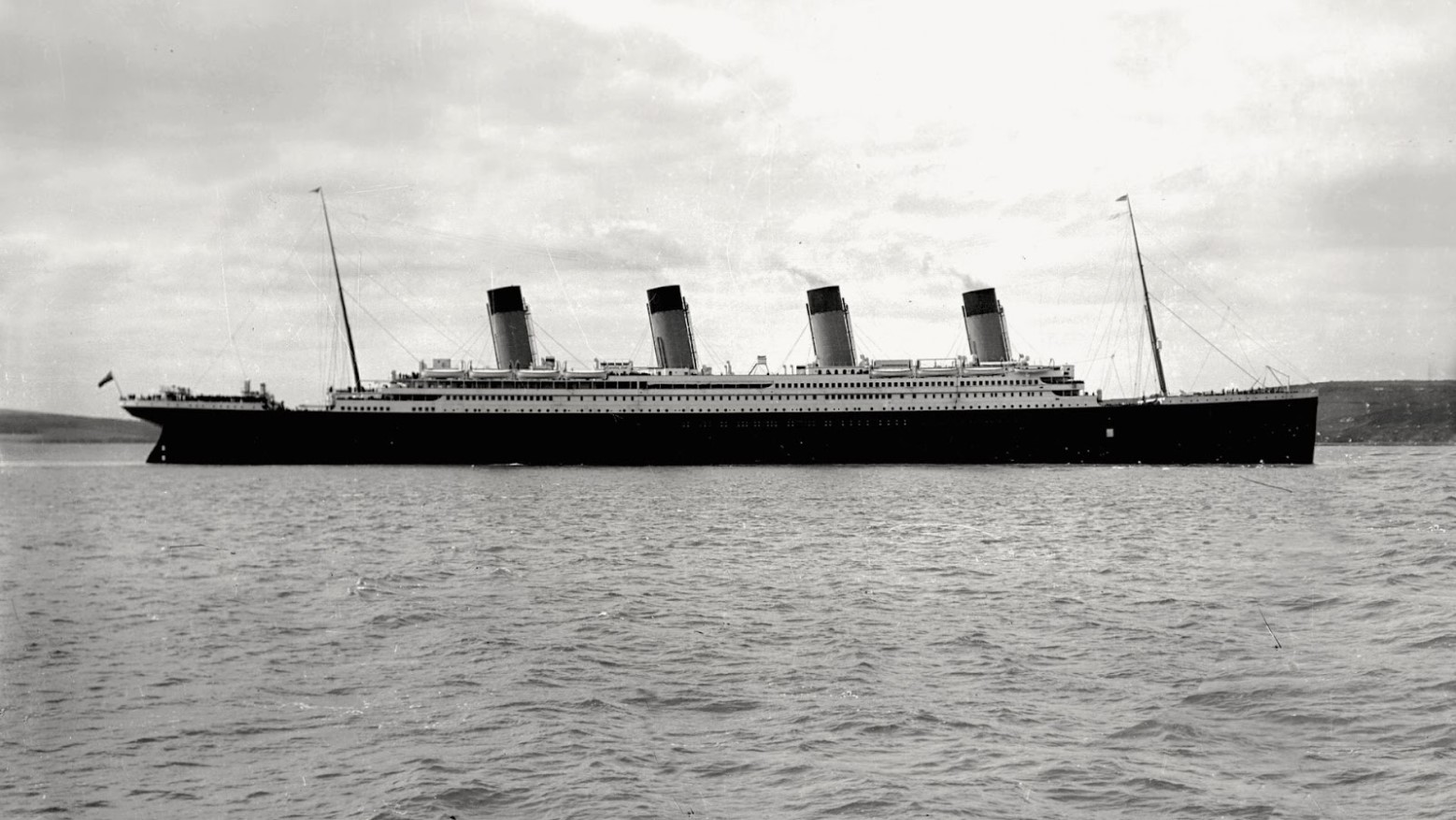
Source: Public Domain/Wikimedia Commons
The latest findings remind us that while the Titanic may be slowly fading into the ocean floor, its legacy will undoubtedly endure for generations to come.
